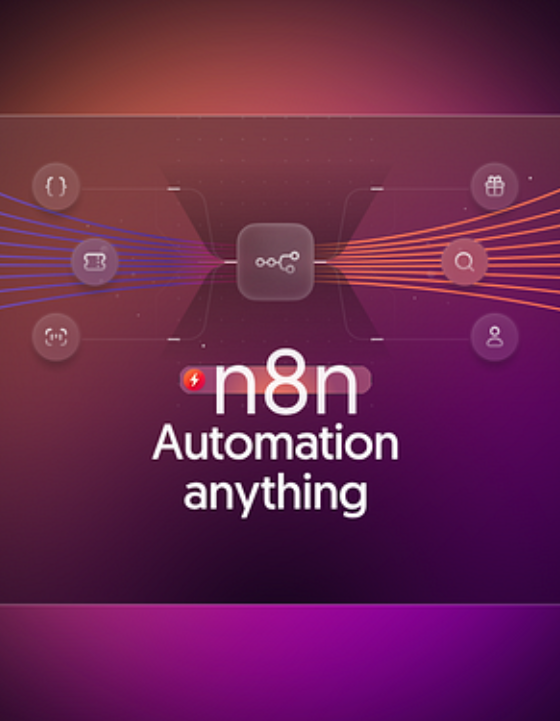The rise of no-code platforms has sparked a growing debate in the tech world: Will traditional developers soon become obsolete? With the ability to build apps, automate workflows, and launch businesses without writing a single line of code, many wonder if coding is still a necessary skill in today’s digital age.
The short answer? No. Developers aren’t going anywhere but the way we build software is evolving rapidly.
Understanding No-Code: What It Really Means
No-code platforms allow users to create digital solutions using graphical interfaces instead of programming languages. Platforms like Bubble, Webflow, Glide, and Airtable make it possible for non-technical users to build websites, apps, databases, and automations through drag-and-drop tools and visual workflows.
These platforms are not meant to “replace” development entirely but to lower the barrier of entry for innovation. They give entrepreneurs, marketers, and small business owners the power to bring their ideas to life without relying heavily on software engineers.
Why No-Code Is Disrupting the Industry
Speed and accessibility are two of the biggest reasons no-code tools have exploded in popularity. Building an MVP, launching a site, or automating a process that would traditionally take weeks or months of development can now be done in days.
Cost is another major factor. Hiring a development team is expensive. No-code enables startups and small businesses to launch and validate ideas on a lean budget without sacrificing functionality.
Moreover, no-code platforms are now supporting more advanced features like custom APIs, databases, responsive design, and user authentication. The capabilities are approaching those of traditional coding environments making them viable even for serious products and services.
The Value of Traditional Coding
Despite the buzz around no-code, traditional development still holds critical value especially for complex, large-scale systems. Enterprise-grade software, machine learning applications, gaming engines, and high-security environments still require the precision, control, and performance that only manual coding can provide.
Custom logic, scalability, security, and integrations often demand backend architecture and engineering knowledge beyond the scope of visual platforms. Additionally, no-code solutions are typically constrained by the boundaries of the platform. If your app needs deep customization or unique performance tuning, coding is essential.
Can No-Code and Developers Coexist?
Absolutely. The future isn’t about choosing one over the other it's about combining both for maximum efficiency. Many developers are now integrating no-code tools into their workflows to handle front-end design or repetitive backend processes.
This frees them up to focus on high-impact, critical tasks like architecture, security, and complex logic. Non-technical team members can use no-code for rapid prototyping or internal tools, while developers ensure long-term maintainability and performance.
This hybrid model where business teams use no-code for agility, and developers provide stability is becoming the new norm.
Will Developers Lose Jobs to No-Code?
It's unlikely that developers will be replaced, but the role of a developer is evolving. Those who adapt to these tools and learn how to integrate no-code into their workflows will thrive. In fact, developers who know how to leverage no-code are becoming more valuable because they can deliver results faster while maintaining technical quality.
Developers may no longer be needed for every minor task, but their ability to understand system design, security, databases, and custom APIs will remain essential.
How No-Code Changes the Startup Landscape
No-code levels the playing field. Previously, launching a software product required a technical co-founder or outsourced development. Today, solo founders and small teams can build apps, landing pages, and automated systems on their own.
This democratization of development accelerates innovation. It allows ideas to be tested quickly, products to reach market faster, and resources to be focused on customer feedback rather than just engineering.
For startups, no-code isn't a shortcut it’s a smart starting point. And as products gain traction, developers can step in to rebuild or optimize the system as needed.
Is No-Code the Future of Software Development?
In many ways, yes. No-code is already becoming a mainstream part of digital transformation in businesses. Internal tools, dashboards, forms, and automations are increasingly being built with no-code tools to save time and reduce development bottlenecks.
Large companies are adopting no-code not as a replacement for IT, but as an enhancement to empower non-technical teams. This allows development teams to focus on innovation while business units handle day-to-day tool creation.
Over time, we’ll see more “fusion teams” where developers, designers, and product managers collaborate using both code and no-code depending on the problem.
Key Takeaways
- No-code platforms offer faster, more affordable ways to build digital products but they don’t eliminate the need for developers.
- Developers still play a crucial role in scalability, performance, and complex integrations.
- No-code empowers more people to create and test ideas without needing deep technical skills.
- The most effective teams combine no-code for speed and development for stability.
- The future of software development is collaborative, not competitive, between no-code and traditional coding.
Our Opinion
At Soraia, we see no-code as a powerful shift not a threat. It’s changing who can build software, how quickly products launch, and how ideas become reality. But the need for skilled developers remains vital.
No-code frees up technical resources, increases innovation, and allows faster MVP creation. But when it’s time to scale, secure, or deeply customize a platform, professional developers are still at the center.
Instead of viewing it as no-code versus developers, the future lies in collaboration. If your organization is looking to speed up product development or bring ideas to market faster, now’s the time to explore no-code tools while working alongside your technical team. Contact us to discuss how no-code can fit into your digital strategy and help your team innovate smarter.




.png)









.png)























.png)














.png)

.webp)





